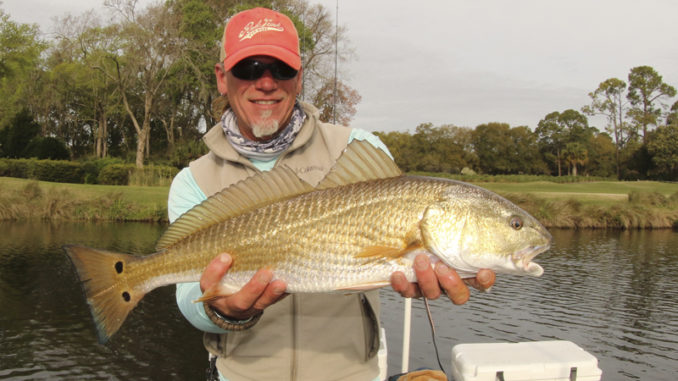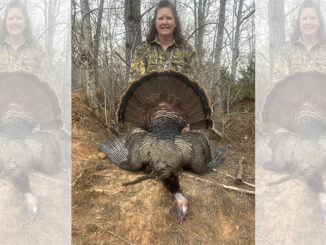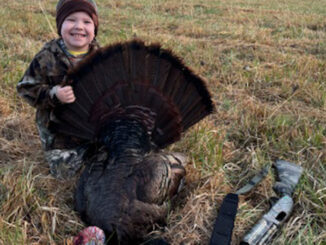
Redfish are among the most popular saltwater fish
Red drum (Sciaenops ocellatus), commonly referred to as redfish, are one of the most popular species of saltwater fish throughout the southeast. Their range extends from Maine, all the way down the east coast and into the Gulf of Mexico.
Redfish are strong fighters when hooked, and anglers catch them in a variety of ways. Live and cut shrimp and baitfish options are both popular. Artificial lures like soft plastic shrimp, grubs, and swimbaits are also good choices. Redfish will even bite topwater lures on occasion. And crabs — either live or cut up — entice numerous bites from redfish. Spoons and spinners are great options as well.
Redfish have elongated bodies with coppery red overtones on their otherwise silver bodies with white bellies. Depending on water quality, redfish can appear bright orange or almost white with slight tints of red. They almost always have a characteristic black spot on their tails. Some have more than one spot on their tails, and some even have spots along the sides of their bodies as well. On very rare occasions, a redfish will have no spots at all.
Redfish are very adaptable
These are schooling fish, and during winter, redfish up to between 3- and 5-years-old gang up in very tight schools along inshore waters while older redfish — often referred to as bull redfish — head offshore to deeper waters. From spring through fall, the bulls come back inshore, and the tight schools of younger fish become much more loosely concentrated.
While naturally a saltwater species, redfish tolerate brackish water very well, and can even live in freshwater as long as certain other water quality conditions are met. Redfish have been successfully stocked in freshwater lakes in Texas, and other states have taken steps to do the same. NCWRC considered stocking them in Hyco Lake at one time. They are among the most adaptable saltwater gamefish, tolerating extreme weather and water conditions.
Throughout their range, redfish are known by several different names. Red drum, channel bass, spot tail bass, spot tails, reds, and redfish are among their common names. Along the Gulf Coast, some anglers call them poisson rouge. Small ones are often called puppy drum or rat reds, and very large ones are known as bull redfish, bull drum, and old drum.
They are very prolific spawners
Most female redfish reach sexual maturity by the age of 6-years-old, but some reach that stage by the age of 3. Males usually mature around 2-years-old. After reaching sexual maturity, redfish spawn for the rest of their lives, usually beginning in the summer and lasting through fall.
During a spawning season, a single female redfish can produce as many as 40 million eggs. Their spawning period is about half that of spotted seatrout, but they outproduce that species by a long shot.
The “drum” part of the red drum name comes from the fish’s ability to make a drumming sound by manipulating their air bladders, which is a common way of calling to other reds during the spawn.
Redfish have a distinct enough look that they are rarely mistaken for other species. However, when very small, they are sometimes misidentified as whiting (a/k/a sea mullet or kingfish).
Long lives, huge sizes
These fish can live very long lives. One in Texas was known to be 37-years-old, and in recent years, an angler in the Carolinas caught one that had been tagged 21 years earlier. A handful of 60-year-old reds have been reported in other states.
South Carolina’s state record for the species weighed 75 pounds. AJ Taylor of Conway caught the fish in 1965 near Murrells Inlet.
North Carolina’s state record is also the world record redfish. David Deule of Avon caught this fish off Hatteras Island, N.C. in 1984. It weighed an astounding 94-pounds, 2-ounces. A true hotspot for “old drum,” 10 of the 16 largest redfish ever caught came from North Carolina waters.
It is no long possible to break the state record for this species in the Carolinas or many other states because these fish have a slot limit. The maximum size which anglers are allowed to keep are too small to vie for a state or world record.





Be the first to comment